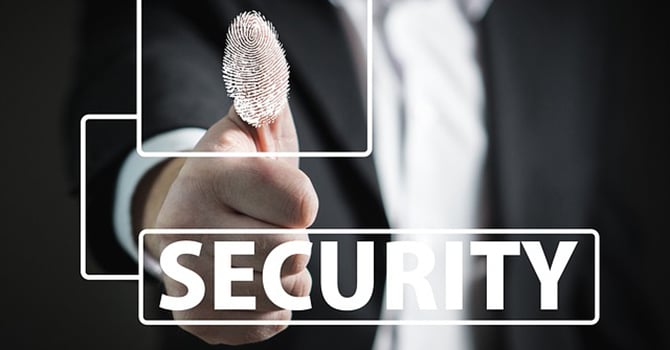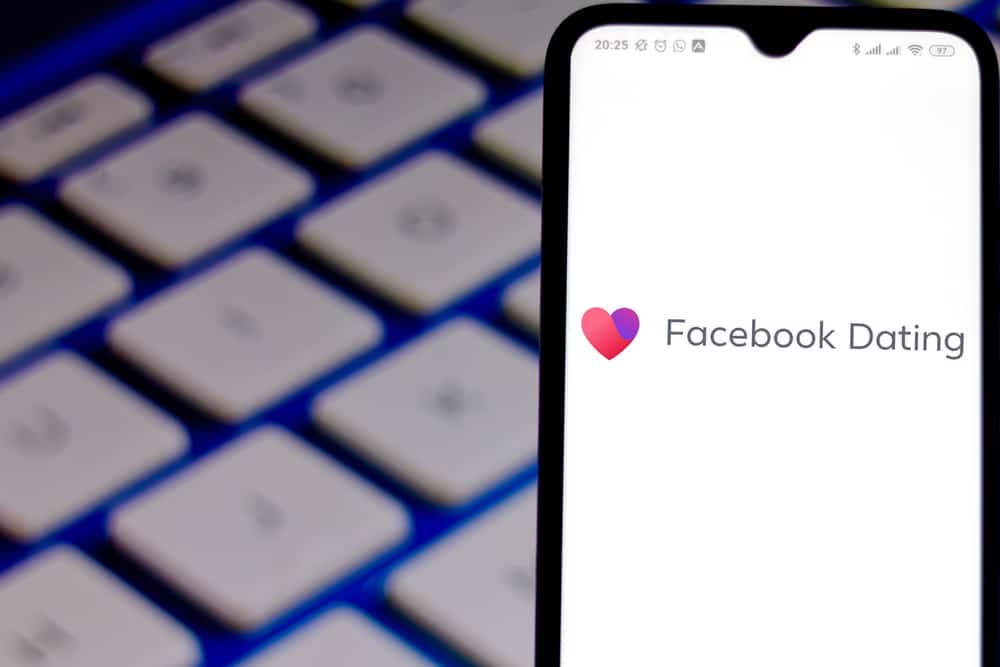What to Do If Your Identity Is Stolen
Michelle Wilson - October 2, 2019

Someone stole your identity! Now what?
Having your identity stolen is one of the worst things that can happen to anyone. What makes it even scarier is how easily it can occur. According to the FTC (Federal Trade Commission), at least 9 million Americans have their identity stolen each year.
There are steps that you can take immediately if you notice you’ve been a victim of stolen identity.
Taking these steps as fast as possible helps minimize the potential damage an identity thief can wreak on your finances and life. But to take appropriate countermeasures in response to a stolen identity, you have first to be able to identify the warning signs that an identity thief has attacked you.
Table of Contents
Signs of Stolen Identity
If you notice one or more of the following, you most likely have fallen victim to identity theft:
- The IRS or state tax agencies reject the tax returns that you electronically submitted without any errors. These rejections may occur when an identity thief files tax returns in your name to get a fraudulent refund.
- You receive tax refunds you didn’t request.
- Withdrawals from your bank account occur without your knowledge or consent.
- Delivery of bills and other mail stop coming to your home or designated postal address.
- You receive notification from the IRS that you have income from an employer you don’t work for, or a notice claiming multiple tax returns filed in your name.
- Your checks are bouncing, or debit card transactions declined.
- Your credit score is mysteriously rising.
- You receive notifications of “test charges” on your credit card. Test charges are small unaccounted for amounts withdrawn from your credit card. Identity thieves do this to see if your card works.
- Unfamiliar accounts or charges are present in your credit report.
- You receive bills for products or services you did not purchase.
- Your health plan gives you notification you’ve reached your benefit limits or, informs you of non-coverage for a condition that you don’t have.
If you notice any of these red flags, immediately start a paper trail by documenting every phone call, email, letter, and report made regarding the incident. Laws and processes are in place to protect you from identity theft, and the sooner you act, the less damage there’ll be.
Steps to Take when Stolen Identity Occurs
- 1. Contact your Banks and Creditors ASAPContacting your banks and creditors must be your first move after you notice signs of possible identity theft. The primary reason for contacting your credit card company is to have them freeze your credit cards. Freezing your accounts prevents the identity thief from carrying out further transactions in your name.The same applies when contacting your banks. They must be contacted as soon as possible to freeze any transactions made on your bank account or with your bank card. If you report a lost ATM or debit card fast, you will not be responsible for any fraudulent transactions afterward.
Once you have a police report and an identity theft report, you can submit this as well to your bank and creditors for proper documentation.
- 2. Submit a report to the FTC.Submitting a report to the FTC is a crucial step that starts a paper trail on your case that the FBI and other relevant agencies can follow to track down the identity thief.After receiving your report, the FTC will provide you with a plan to help you recover from the damage caused by your stolen identity. You’ll also receive prefilled forms and letters for filing police reports and disputing any fraudulent wrongful charges brought against you.
- 3. Contact your Local Police.After contacting your bank and creditors, your next stop is your local police. At the police department, file an identity theft report. Getting a police report creates a paper trail that you can use to protect yourself and back up your claim of stolen identity down the line.
- 4. Change the Passwords on All your Affected AccountsTo be completely safe, endeavor to change the passwords for all your accounts, not just those infiltrated by the identity thief. Play it safe by changing passwords on all your existing accounts, including email and social media accounts.Also, make sure your new passwords are nothing like your old passwords. Ensure a much stronger password by combining lower and uppercase letters, special characters, and numbers.
- 5. Replace your Stolen IdentificationReplace any stolen identity card immediately, including your passport, driver’s license, or social security cardYou can get a new social security card online by notifying the Social Security Administration. Replacement is of utmost importance if the identity thief has fraudulently been using your Social Security number.
- 6. Remove any Fraudulent Information from your Credit ReportRequest for a credit report. Once you have it, carefully look through for fraudulent transactions. Once you’ve identified all of them, use the sample letter provided by the FTC to draft a request to submit to the three credit bureaus (TransUnion, Equifax, and Experian).The purpose of the request is to have all the fraudulent information found in your credit report removed. Your identifying information, a copy of your Identity theft report and details of the fraudulent transactions found in your credit report should accompany the request letter.
By doing this, the fraudulent transactions will be blocked or removed, so that you will not be accountable for them.
It’s essential to monitor your credit report for a while afterward. You want to make sure other identity thieves aren’t still using your information for fraudulent activities.
- 7. Contact the IRS.If identity thieves used your Social Security number to file an income tax return, be sure to notify the IRS by submitting a Form 14039, Identity Theft Affidavit.
- 8. File an Identity Theft Insurance ClaimIf you have identity theft insurance, contact your insurance provider to file a claim. Your insurance policy may entitle you to a settlement payment for your losses. Many identity theft policies cover expenses resulting from credit fraud. Coverage can include, reasonable attorney fees, documented lost wages, loan application fees to reapply for loans rejected due to credit fraud, and more.
- 9. Tighten the Security of Your Accounts.Maximize other ways to optimize the security on your accounts, besides making changes to your passwords. For instance, you could sign up for a credit monitoring service that will keep an eye on your credit reports for any future suspicious activity. If suspicious activity is detected, you’ll be alerted immediately.If disposing of any documents that contain your personal information, such as receipts, be sure to shred or burn them properly.
When online, avoid clicking on links from suspicious or unknown senders. Also, delete personal information stored on your browser or public profiles.
- 10. Open new financial accounts and credit cards.If an account is compromised once by identity thieves, chances are they’ll try infiltrating that account again. To be on the safe side, close all affected credit cards and bank accounts, then open new ones.While this might seem tedious, it’s a worthwhile precaution to minimize the risk of an identity thief still having access to your accounts and finances.
- 11. Contact your Utility CompaniesIdentity thieves often attempt opening new bank accounts with a stolen identity, using the victim’s phone and utility bill as proof of residence.Immediately contact your utility providers and telephone carriers to notify them of the identity theft and request for the account to be closed.
Types of Personal Information Identity Thieves Steal
Over the years, identity thieves have become more sophisticated in their approach. With just a few of your details or only fragments of it, they can do more damage than you’d expect.
Information is power. To protect yourself, you need to know what type of personal information identity thieves typically target. Knowledge of this will help you be more careful regarding how you use, store, and share such sensitive data, both online and offline.
- Social Security number/card
- Full name and address
- Date of birth
- Bank and credit card account numbers
- Credit report
- Financial statements
- Passwords for accessing online accounts
- Personal Identification Numbers (PINs) for debit and credit cards
- Debit and credit card details
- Mother’s maiden name
- Checkbook
- Birth certificate
- Passport
- Estate planning documents
- Information about your child’s benefits
Contrary to what you might think, even children are targets of identity theft. Mainly because kids have clean credit files, which make them perfect for fraudulently accessing various credit.
Such fraud can go unnoticed for years until that child is old enough and applies for credit for the first time. By then, the damage is extensive and challenging to repair.
Conclusion
The best way to avoid having your identity stolen is to be extra careful about how and where you use and store your data. If someone unknown to you requests your personal information, be sure to run a background check on them before proceeding. CheckPeople.com provides multiple Background Check services that can help.
Better yet, if you want to see what information about you is available for others to see, Background Check Yourself. Completing this task is quick and easy with CheckPeople.com. It’s a dangerous world out there, so be careful not to take unnecessary risks with any of your identity.












